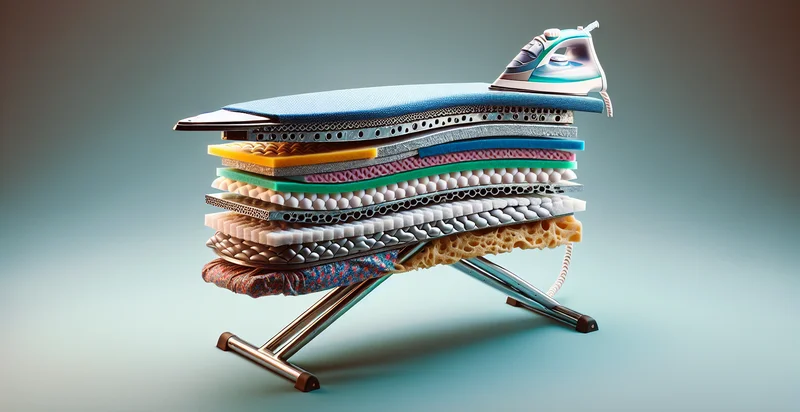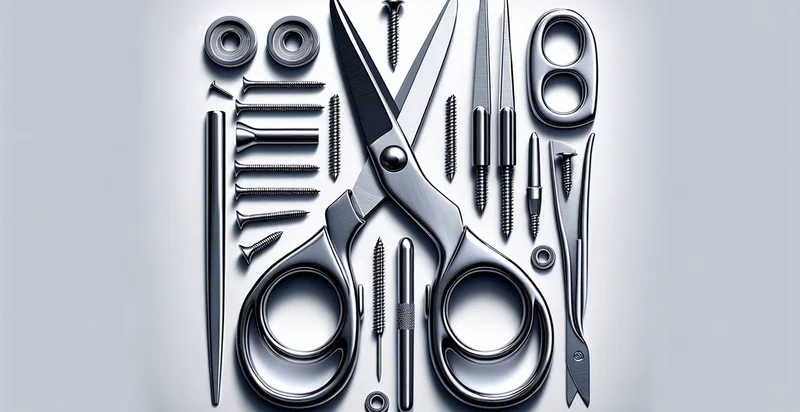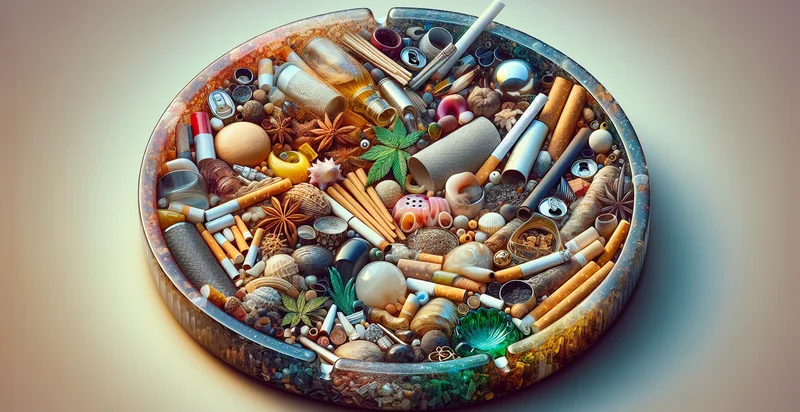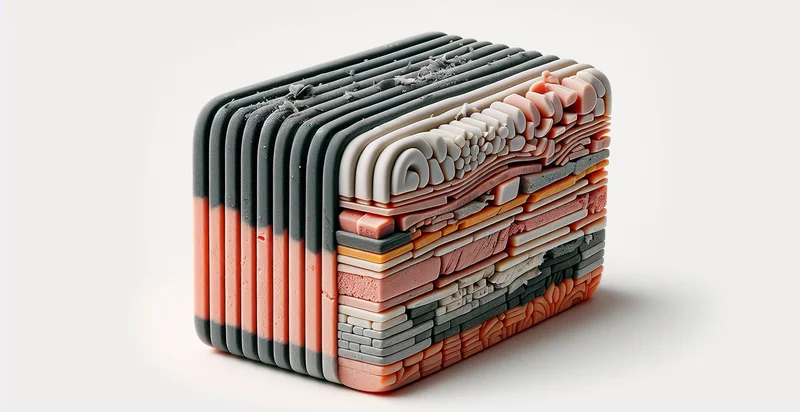Identify what material an ironing board is made from
using AI
Below is a free classifier to identify what material an ironing board is made from. Just upload your image, and our AI will predict what material an ironing board is made from - in just seconds.


Contact us for API access
Or, use Nyckel to build highly-accurate custom classifiers in just minutes. No PhD required.
Get started
import nyckel
credentials = nyckel.Credentials("YOUR_CLIENT_ID", "YOUR_CLIENT_SECRET")
nyckel.invoke("what-material-an-ironing-board-is-made-from", "your_image_url", credentials)
fetch('https://www.nyckel.com/v1/functions/what-material-an-ironing-board-is-made-from/invoke', {
method: 'POST',
headers: {
'Authorization': 'Bearer ' + 'YOUR_BEARER_TOKEN',
'Content-Type': 'application/json',
},
body: JSON.stringify(
{"data": "your_image_url"}
)
})
.then(response => response.json())
.then(data => console.log(data));
curl -X POST \
-H "Content-Type: application/json" \
-H "Authorization: Bearer YOUR_BEARER_TOKEN" \
-d '{"data": "your_image_url"}' \
https://www.nyckel.com/v1/functions/what-material-an-ironing-board-is-made-from/invoke
How this classifier works
To start, upload your image. Our AI tool will then predict what material an ironing board is made from.
This pretrained image model uses a Nyckel-created dataset and has 7 labels, including Cardboard, Composite, Fabric, Glass, Metal, Plastic and Wood.
We'll also show a confidence score (the higher the number, the more confident the AI model is around what material an ironing board is made from).
Whether you're just curious or building what material an ironing board is made from detection into your application, we hope our classifier proves helpful.
Related Classifiers
Need to identify what material an ironing board is made from at scale?
Get API or Zapier access to this classifier for free. It's perfect for:
- Product Quality Assurance: Manufacturers of ironing boards can use this function to ensure that the correct materials are being used in production. By analyzing samples of the materials, they can maintain standards and reduce defective products, improving overall quality control.
- Material Recycling Verification: Recycling facilities can employ this classification function to determine whether discarded ironing boards are made from recyclable materials. This helps in sorting materials more effectively, promoting sustainable practices, and maximizing recycling efficiency.
- Retail Inventory Management: Retailers can integrate this technology into their inventory systems to classify and verify the materials of ironing boards they stock. This information can aid in marketing strategies and ensure compliance with regulatory standards for material safety.
- Consumer Safety Regulation Compliance: Regulatory agencies can use this function to assess whether ironing boards meet safety standards based on their material composition. By identifying materials, they can enforce regulations that protect consumer safety.
- Sustainability Assessment for Brands: Brands aiming for eco-friendly certifications can leverage this technology to verify the materials in their ironing boards. This helps businesses identify and promote sustainable practices, contributing to corporate responsibility and brand loyalty.
- Insurance Claim Evaluation: Insurance companies can utilize this function to assess claims related to product failures or accidents involving ironing boards. By verifying the material composition, they can better understand risks and liabilities associated with different types of ironing boards.
- Market Research and Development: R&D teams can utilize this function to analyze material trends in ironing boards, helping to innovate and develop new products. Understanding material properties can lead to the creation of ironing boards that are more durable, lighter, and user-friendly.


